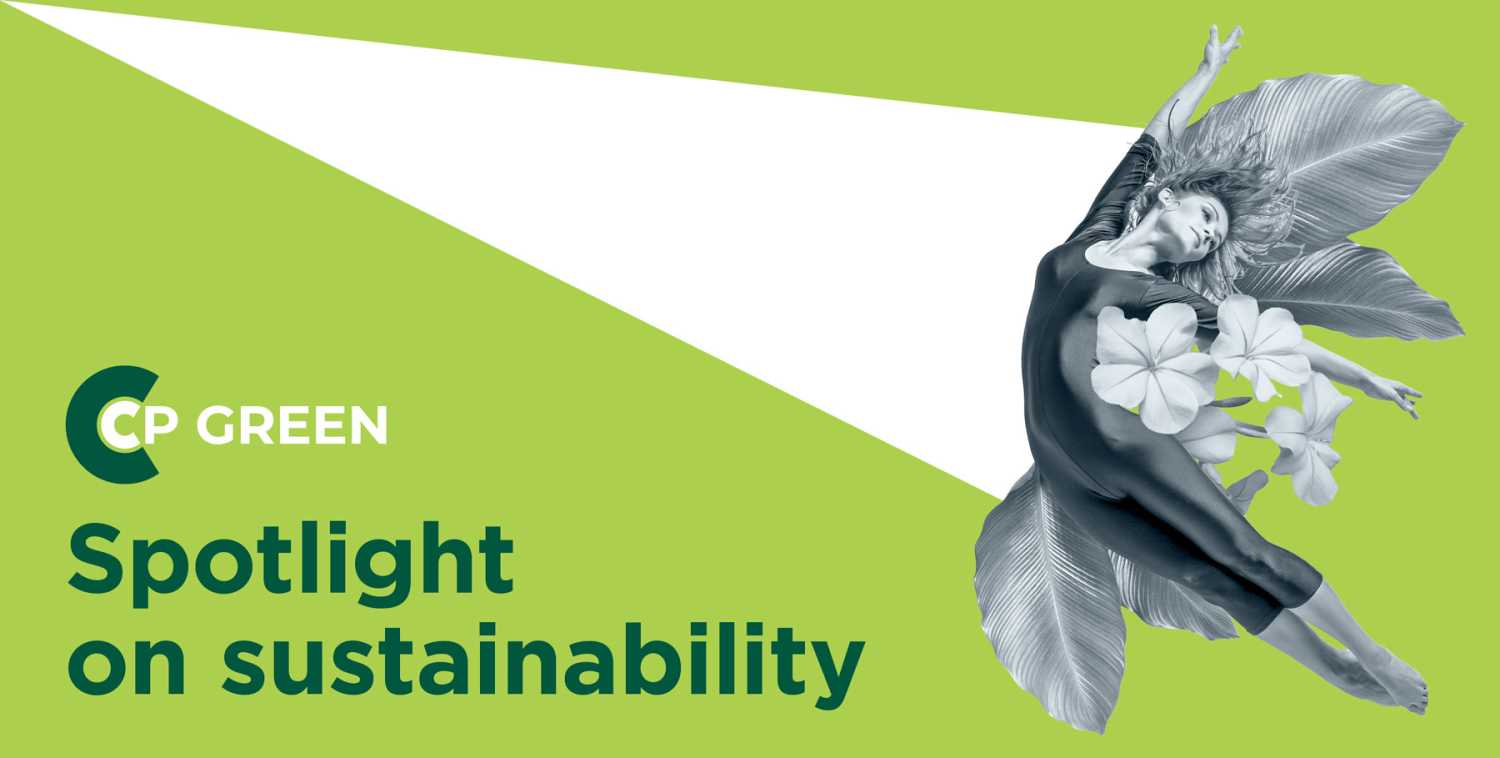Claypaky launches sustainability initiative
- Details

To coordinate all the corporate initiatives, integrate them across the whole organisation and secure the execution of the changes, a sustainability team, led by Claypaky executive Andreas Huber has been formed.
“Sustainability became a high priority in Claypaky as we aim pioneering sustainable entertainment products and operations for a safe and better world – driving sustainability is a crucial part of fulfilling our company ambitions and goals,” says Marcus Graser, Claypaky CEO.
“My mission is orchestrating the sustainability and environment activities and foster lasting connections across the company inspiring and engaging colleagues across the Claypaky organisation in their work to support the sustainability and environment activities.” Says Andreas Huber. “I will listen to ideas from any colleague on how we can improve further”.
In cooperation with Spinlife, an initiative of the University of Padova, a scientific and strategical approach has been adapted in the project which is structured in three main phases: Quantification of the company’s current carbon footprint; definition and implementation of a multi-year strategic carbon management plan to reach carbon neutrality, and definition of the concrete steps for the compensation and reduction of the company's carbon footprint.
In the first phases, the focus is on the quantification of current carbon footprint to understand the environmental hot-spots and what are the efforts to improve the current situation. The impacts are going to be identified throughout the ‘Life Cycle Assessment’ approach - an engineering methodology focusing on the quantification of the overall environmental impacts of a product or a process throughout its lifecycle according to internationally recognized standards.
After the analysis, the detailed carbon management plan will be defined with concrete measures on how to compensate, reduce and eventually neutralise the company’s carbon footprint. This will include both the purchase of carbon credits and actions aimed at a more sustainable management of the various activities linked to their value chain.
All of this will be done in compliance with the official ISO 14064-1 certification standard and with the support and validation of a third-party certification body.
“Working towards a climate neutral future is fundamental to pursue a sustainable development. Claypaky understood the urgency to act now and believes the best way to achieve this is by adopting a scientific approach to tackle climate change impacts of its activities so as to ensure real results are delivered. Spinlife is proud to contribute to this process and to independently support the company in achieving this ambitious goal,” says Prof. Alessandro Manzardo.
To reduce the environmental impact and partially offset the emissions produced by business travel, Claypaky has recently purchased 5.879 carbon credits supporting the Asahan 1 Hydro-electric Power Plant 2 x 90 MW – this is a run of-river hydroelectric power project in North Sumatra Province developed by PT Bajradaya Sentranusa.
The project is taking advantage of Asahan River that receives water from its natural source, Lake Toba. The objective of this project is to supply zero emission energy to Sumatera Grid, a grid with relatively carbon-intensive electricity supply that is located in Sumatra and currently has no interconnection with the grid in other islands for example Java and Kalimantan.
On top of that, Claypaky is working on new cartoon packaging to eliminate the usage of polystyrene, leading to the reduction of the greenhouse gas emissions as the usage of the polystyrene has a significant impact on the global warming. Claypaky is also continuously looking for new ways on how to reduce the energy consumption. The production facility is about to be equipped with modern energy-efficient lighting as well as new laser cutting machines - leading to the further reductions of the electrical consumption and hence the CO2 emissions on site.
















